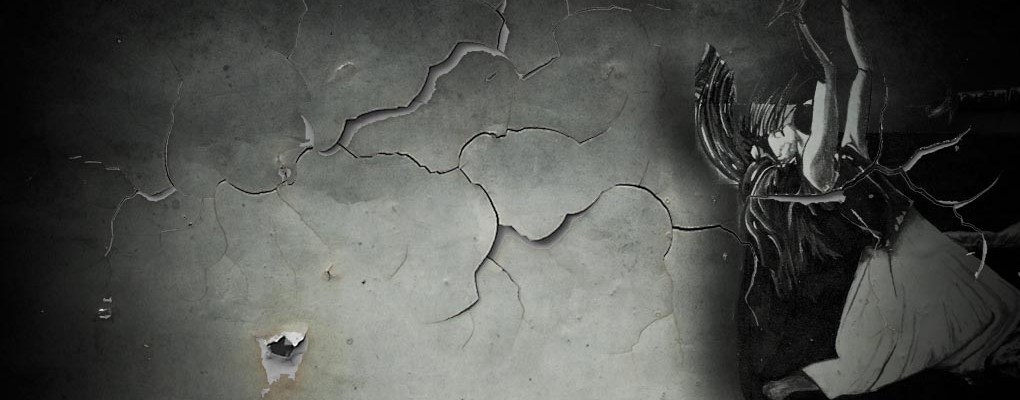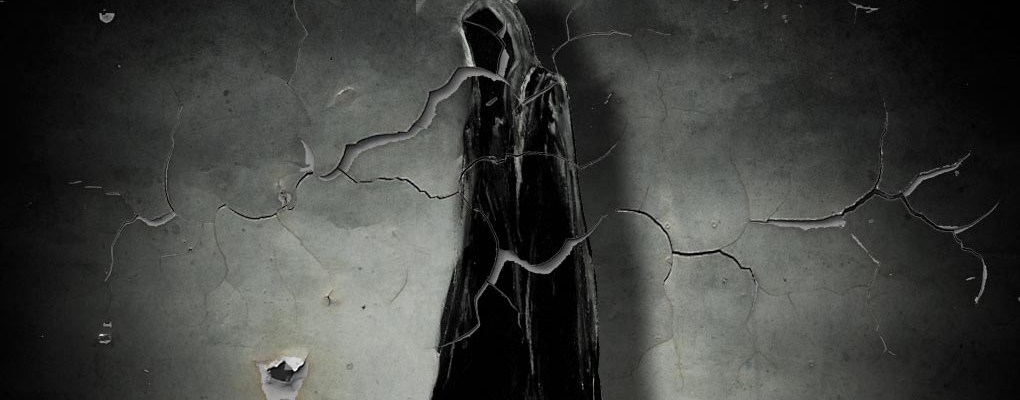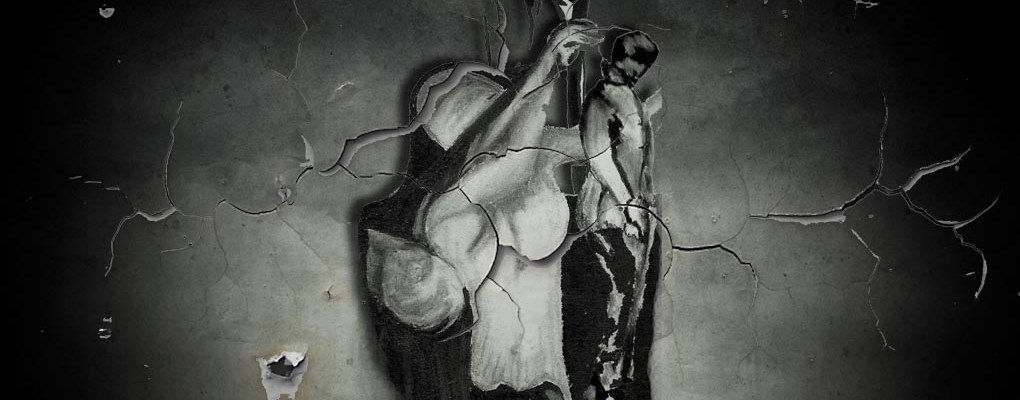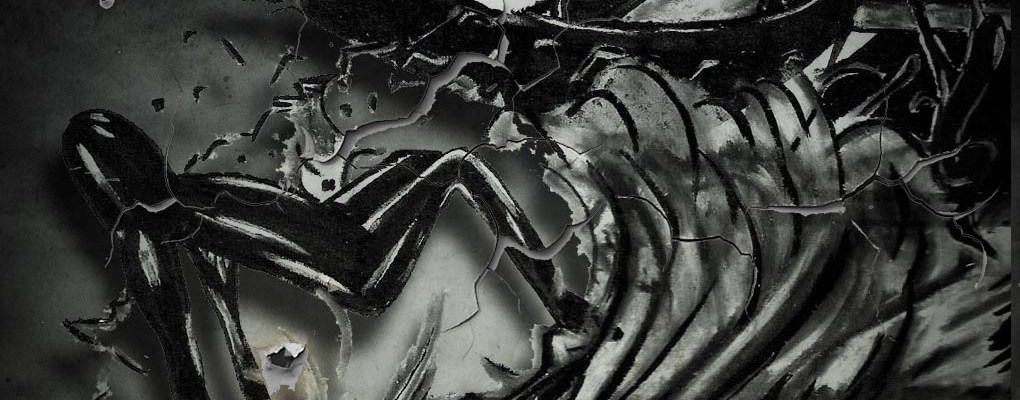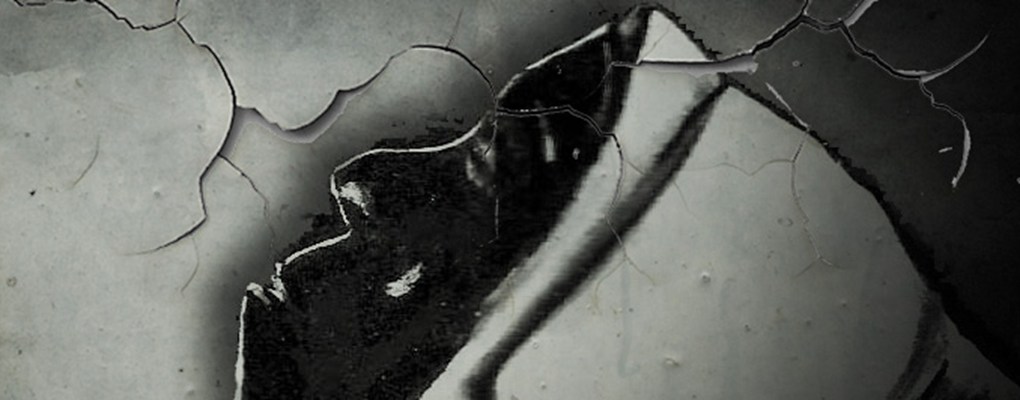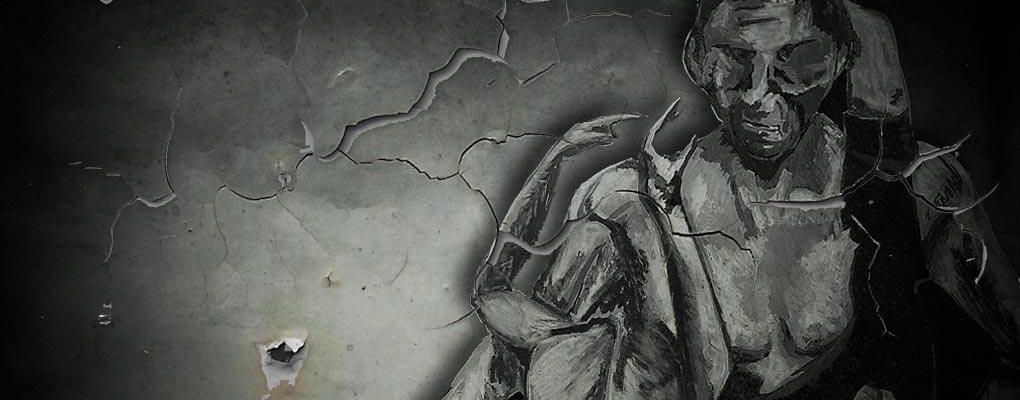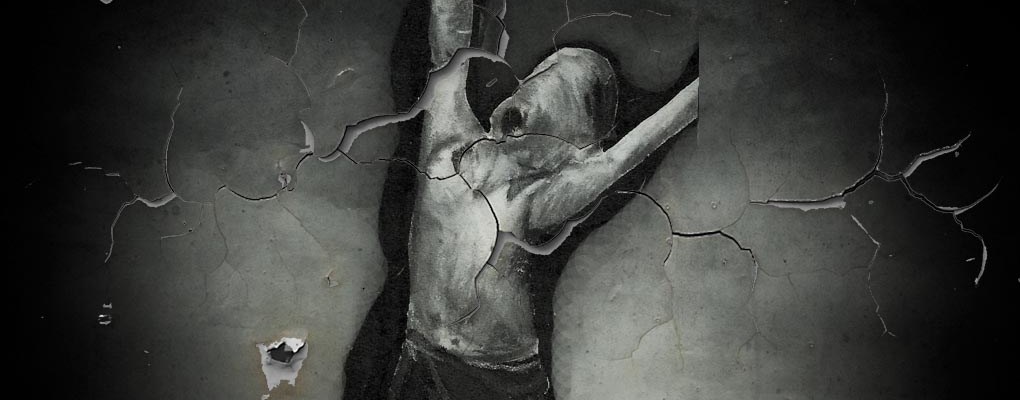The Events
Although the story of the Renfrewshire witch hunt has come to be dominated by the alleged bewitching of a young girl, the seven who were eventually executed were found guilty of a variety of other crimes. These were committed throughout Renfrewshire, and involved a number of fatalities in the local area. Once the witch hunt had begun, and some key witness statements had been collected, a broad list of charges was compiled. All would seem to be tragic events that had gone unanswered until it was realised that perhaps the devil and his witches were at large in the local area.
Christian Shaw was eleven years old when she fell into her illness. Not much is known about her personality, except that she was described as a “respectful and sensible child” in the original Narrative that was drafted one year after the events of 1697 had taken place. At the beginning of her descen ...
Read More...
John Hardie was minister in the parish of Dumbarton, of advanced years, and respected within the local community. Most of the seven who were accused of bewitching Christian Shaw were also charged with his murder. A local minister, and a local schoolmaster, testified that they were present with Hardi ...
Read More...
The parents of three local children, baffled at the sudden death of their young infants, became caught up in the witch hunt that swept the local area. They made statements in court, supported by friends and neighbours, that they suspected that witchcraft was the cause. In doing so, they recalled how ...
Read More...
One of the most dramatic crimes that many of the seven were accused of was the capsizing of the Erskine ferry. This was said to have been carried out shortly after they had met at John Hardie's yard in Dumbarton in order to burn the minister's effigy, resulting in his untimely death. They travelled ...
Read More...
The seven condemned were taken from the Tollbooth on the 10th of June 1697, and slowly transported up the High Street and into the Gallow Green. There are numerous second hand accounts and legends associated with this part of the story. Some descriptions note that when they turned to enter the Green ...
Read More...
Meeting with the devil willingly was a serious charge, and if proof was gained then it could be deadly. This proved to be the case for the seven who stood trial in 1697. In order to be a witch, according to theory, one had to enter into a pact with the devil. Witnesses declared that they saw many of ...
Read More...
One of the most enduring stories associated with the Renfrewshire witch hunt is that of the final curse laid upon the town and its people by Agnes Naismith and Katherine Campbell. Both women went to the scaffold allegedly in a great rage, and unrepentant, calling down the wrath of God on those who s ...
Read More...
